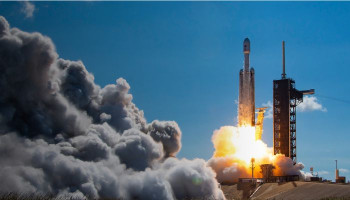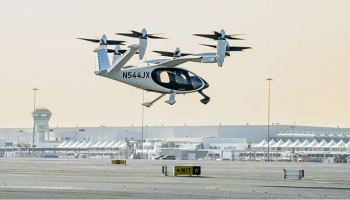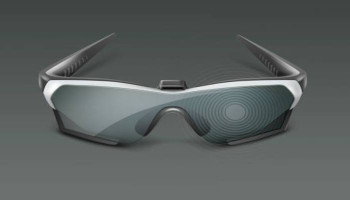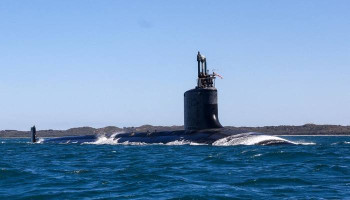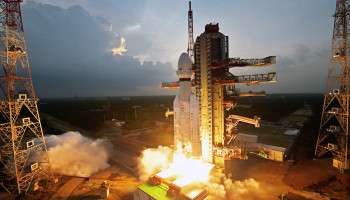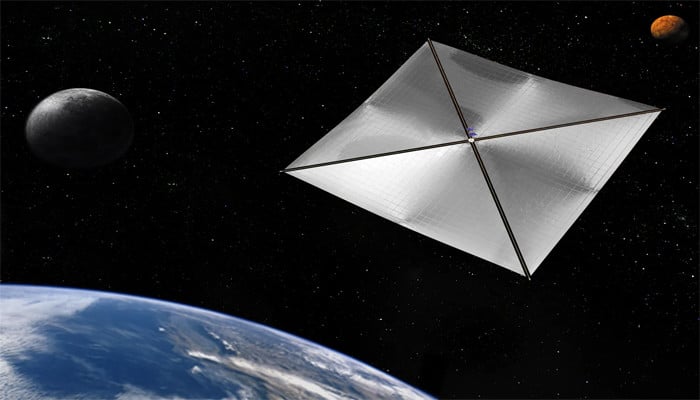
NASA's Advanced Composite Solar Sail System (ACS3), a demonstrator for future solar sail technology, has successfully reached the orbit. Launched on April 23 aboard a Rocket Lab Electron rocket, ACS3 is now in a 1,000-kilometre orbit around Earth. While it may not look like much, this mission is a significant step in developing solar sail technology.
Unlike traditional spacecraft that rely on fuel for propulsion, solar sails use the pressure of sunlight to propel themselves. A large, lightweight sail catches photons from the sun, creating a small but constant thrust. This approach has the potential to transform space travel, allowing for missions to far-flung destinations without the need for massive amounts of propellant.
Read more: The disappearance of the Moon — What would happen to Earth?
The key to this technology is the deployment system. ACS3 needed to be compact enough to fit inside a small launch vehicle but also unfurl into a sizeable sail in space. This mission aims to demonstrate the functionality of a deployable boom that can unfurl a large, thin sail.
Once operational, ACS3 will unfurl its sail and conduct a series of tests. The focus will be on demonstrating the ability to manipulate the sail's angle to alter the spacecraft's orbit. A successful mission would validate the design and pave the way for even larger solar sails in the future.
NASA estimates that the ACS3 design could support future solar sails reaching sizes of 500 square metres (the size of a basketball court). The technology advancements gleaned from this mission could even enable sails reaching a massive 2,000 square metres, roughly half the size of a soccer field.
This is an exciting time for solar sail technology. The successful launch and deployment of ACS3 mark a significant step forward in developing a new and fuel-efficient way to explore the cosmos.










